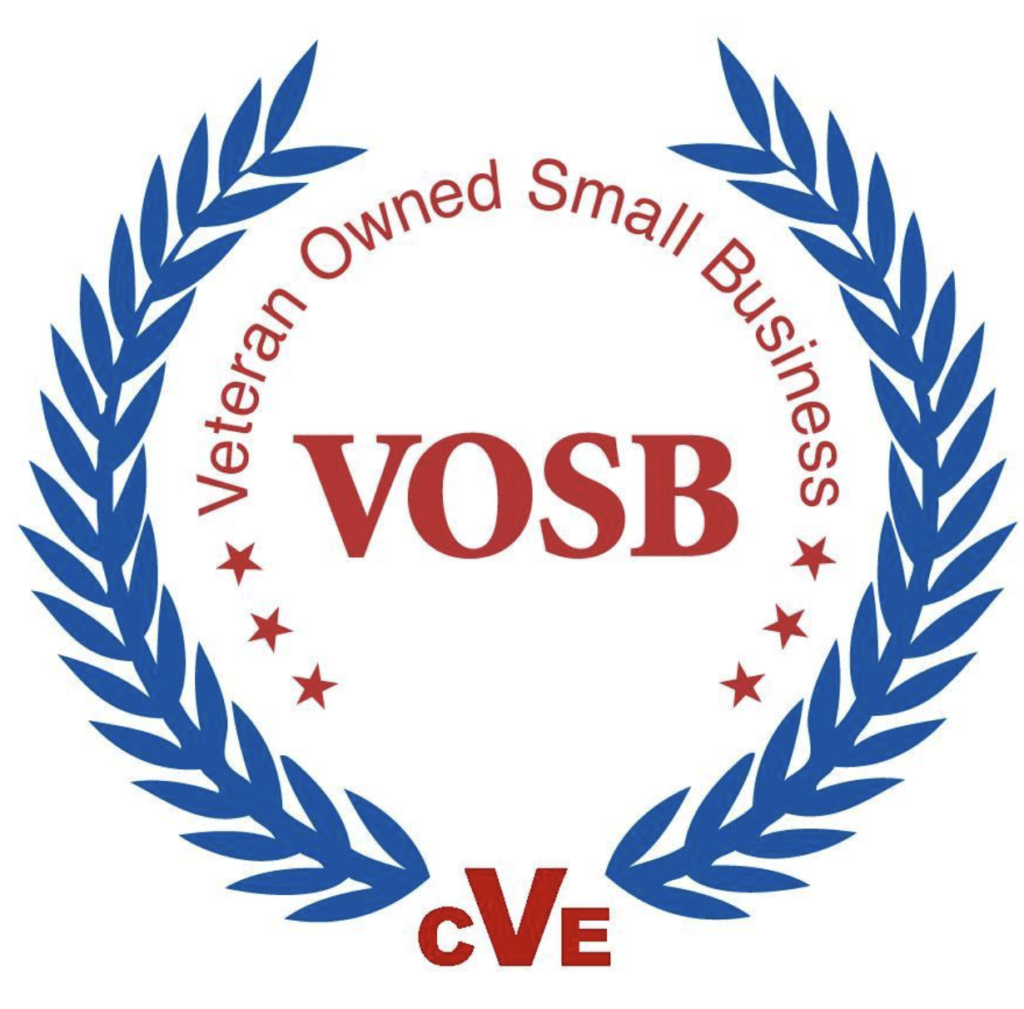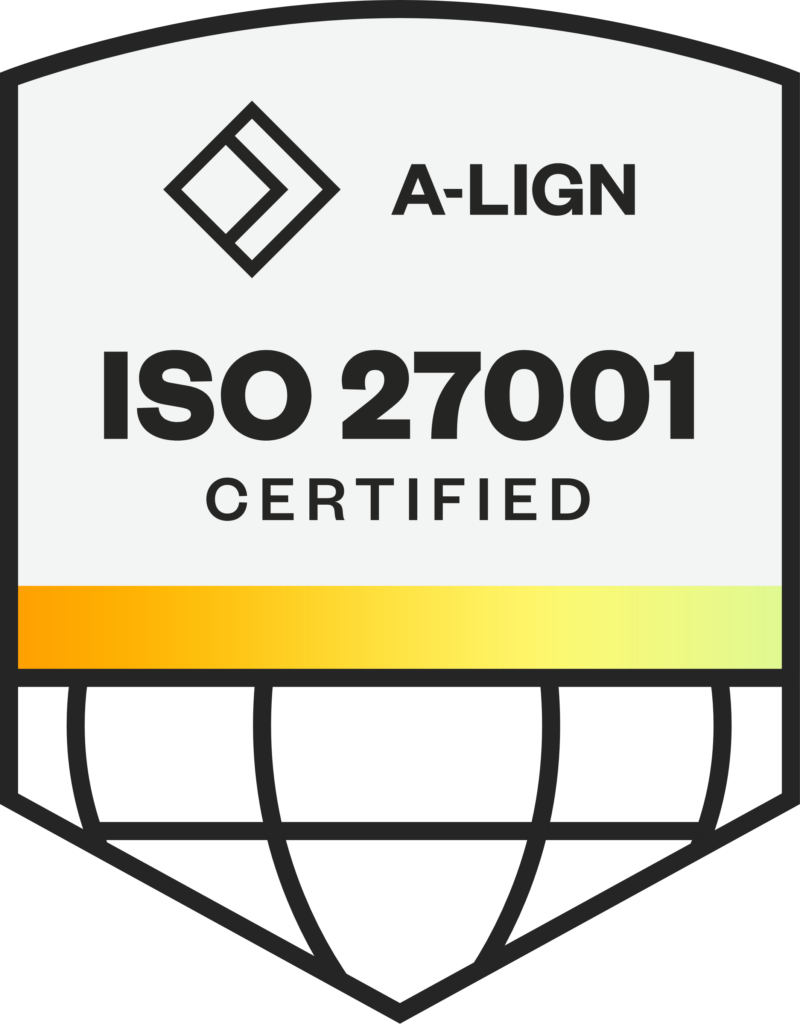Procedures and integrated workflow solutions are critical for optimizing data center operations, enforcing adherence to policies and procedures, reducing errors, and ensuring compliance. Modius® OpenData® offers a fully integrated graphical solution to help you achieve these goals.
Why Procedures are Important
Standardized and documented procedures are critical in high-availability data center operations. They ensure consistent configuration and deployment of hardware. They also help maintain consistency of the model of your data center within your DCIM (Data Center Infrastructure Management) solution. For example, when a device is decommissioned, an integrated workflow engine will ensure that the DCIM solution is updated to remove power connections, network connections, and other resources. The challenge is not in defining the procedure, but in achieving adherence. SLAs (Service Level Agreements) emphasize this need. Customers may have specific requirements around processes, including aspects beyond internal requirements – such as extensive logging of changes.Enforcement of Procedures
There are many choices in approach for defining business processes and enforcing adherence. At the simplest level, procedures can be documented, and rules defined along with a policy that they must be followed. This can be accomplished easily, with little consideration for technology or implementation, but it lacks true enforcement or audit capabilities.
Integrated workflow solutions offer the greatest control of the process as well as audit capabilities. However, they can represent a substantial amount of work to codify the process in a system if you don’t choose wisely.
Integrated Workflow Solutions
An integrated workflow solution addresses this challenge of ensuring adherence to your policies and procedures and tracking all actions to provide auditing and accountability.
Not all workflow solutions are created equal. Some are graphically driven, and others are list-based. While both can achieve the goal of ensuring procedures for tasks within your DCIM, a graphical-based workflow solution has the advantage of faster development and editing, as the processes are represented visually.
With a well-developed graphical workflow solution and a high degree of integration, it significantly reduces the effort required to build automated workflows. This solves the challenge of rigidly defined processes and automation while also reducing the overhead required to build and deploy workflow processes.
This same solution must provide robust tracking of all actions to allow the processes to be audited and ensure compliance.
Compatibility
BPMN 2.0 (Business Process Model Notation) is an industry standard for defining business processes. This format is used across all fields of business and companies that offer services to optimize business processes that support BPMN 2.0. An integrated workflow that is directly compatible with the BPMN2.0 standard allows you to easily incorporate standardized workflows, even if they were provided by an external source.Quality of Integration
The more extensive and tightly integrated a workflow solution, the easier it is to reduce errors and ensure quality of actions and compliance.
A simple workflow solution might only provide general guidance for the intent of each task within the workflow, while an advanced solution can directly interact with the user and the application interface to reduce errors and ensure quality.
Direct interaction in the process can be key to reducing errors. If a task is for a particular asset, the workflow should be able to navigate the user directly to the target task within the application. Advanced filtering should allow the elimination of options that could introduce errors. If the task is to remove network connections, the ability to limit the user’s actions within the application to only perform removals helps ensure the correct task is performed – as well as prevent performing unrelated tasks within the workflow that would clutter auditing when reviewed.





